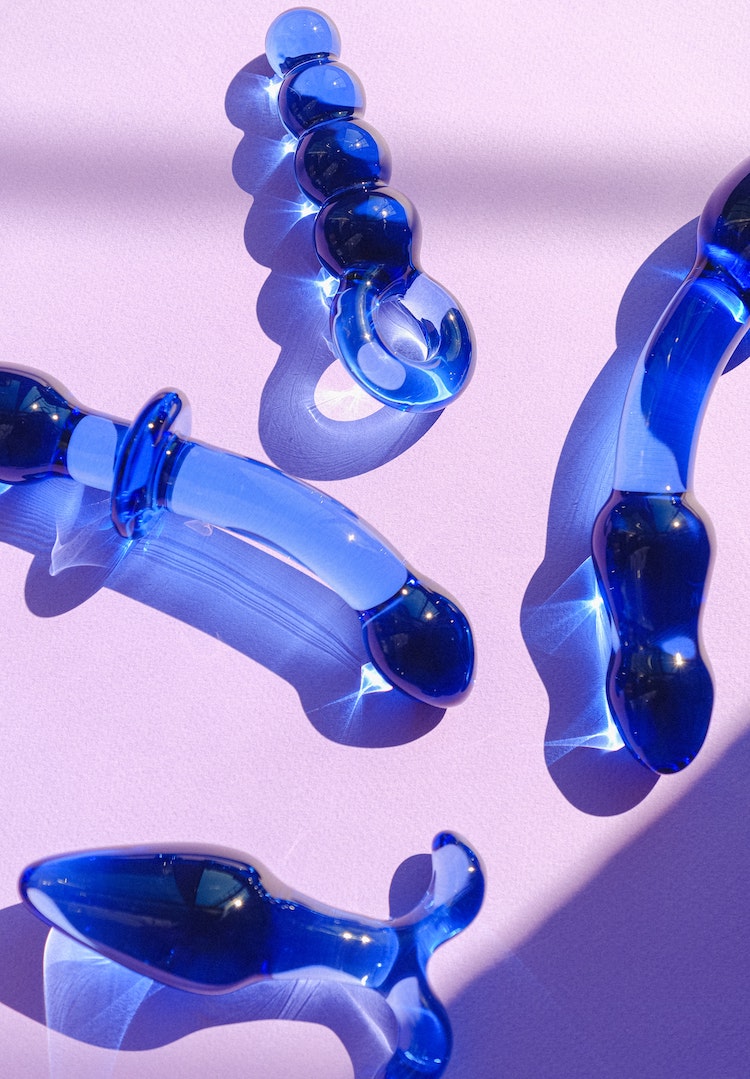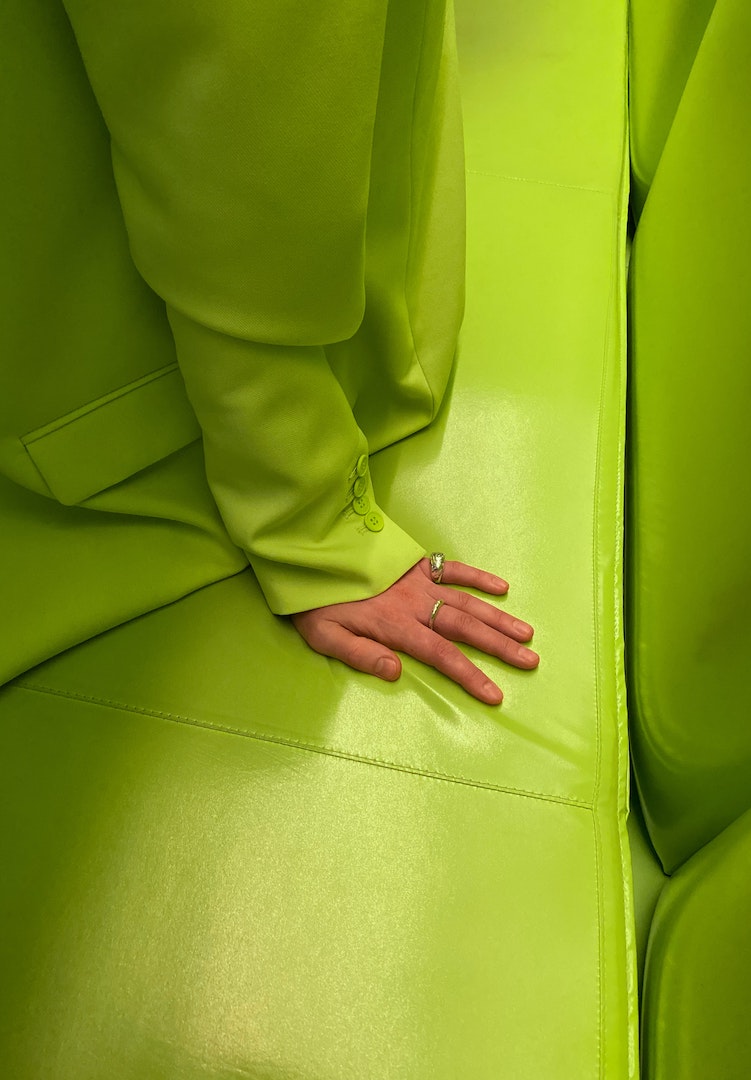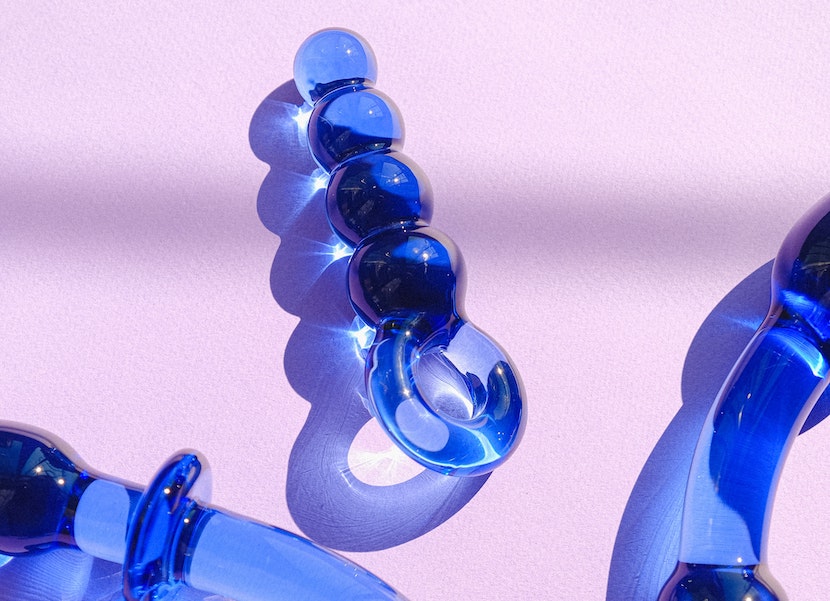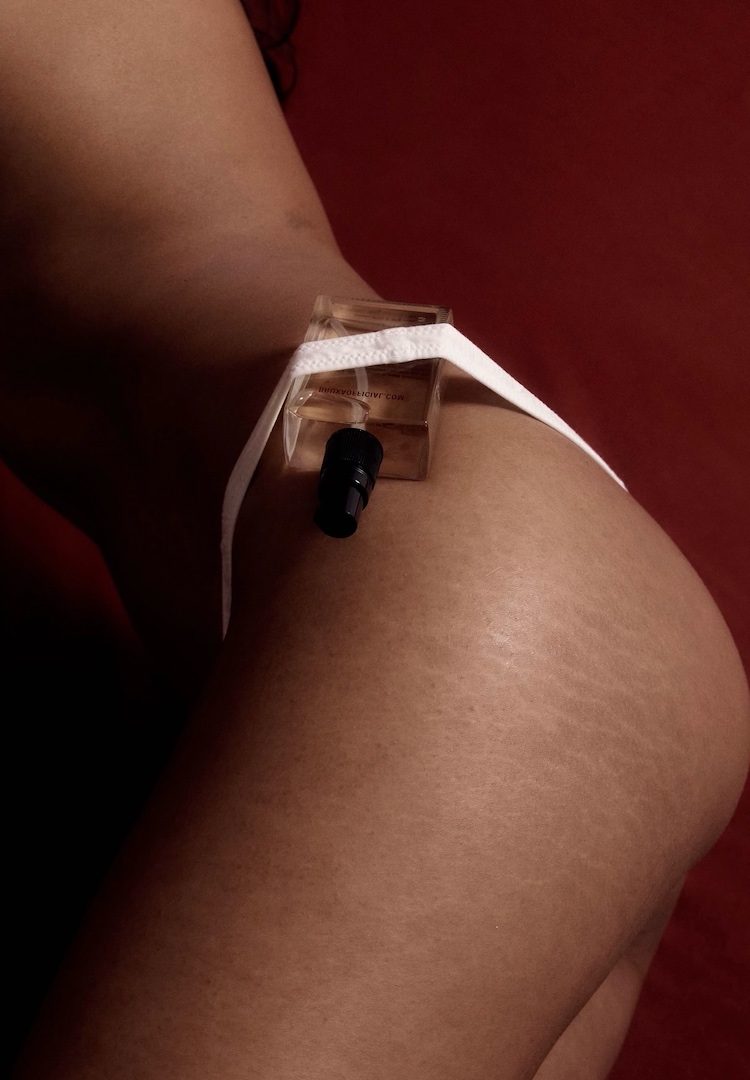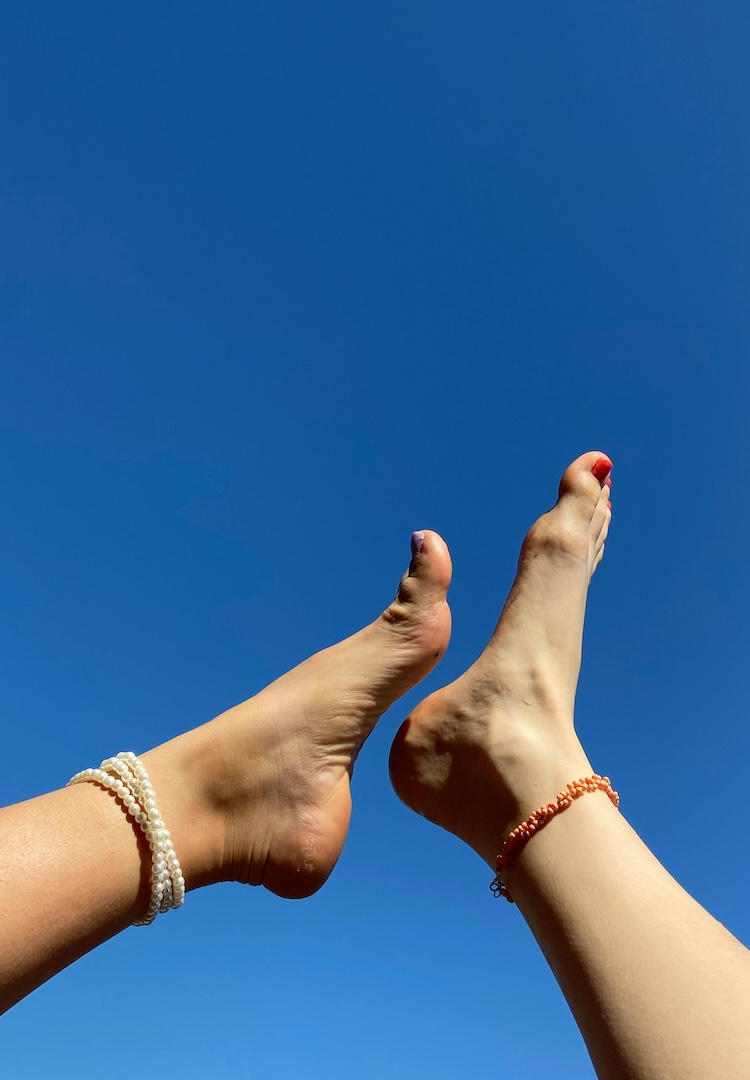How to increase your capacity for pleasure, according to a sex coach
WORDS BY EUPHEMIA RUSSELL
An exclusive excerpt from Euphemia Russell’s debut book.
Many of us masturbate and have sex with other people in similar ways each time. It makes sense that we become reliant on particular sensations and sequences of touch to feel pleasure.
Repetitive actions can feel safe and predictable, and generally provide a reliable desired outcome. A good quickie or beelining for climax or orgasm can feel comforting, particularly if we’re bored, tired, irritated or horny.
For more sex advice, head on over to our Life section.
However, we can become overly reliant on the particular sensation and sequences of touch for arousal and climax, for example, touching yourself in the same way with your hand or sex toys. Over time, our nerve endings begin to build a tolerance, and sensitivity to the particular repetitive sensations decreases.
People can also find it difficult to experience sensitivity, pleasure or climax in other ways, such as from other people’s touch or other sensations, because they’re more used to their own touch or to vibration from particular sex toys. And no, vibrators don’t ‘desensitise’ us, we just build tolerance, which we can choose to wean off if we want to.
Some of us are masters of power and need more stimulation for more sensation. Remember, we all have different capacities. When we develop a tolerance for a particular sensation, we often think that in order to feel more, we need to go faster and harder to get the same physical response.
But faster and harder doesn’t always mean more pleasure. It can hyperstimulate us and have a numbing effect in the short and/or long term. If we disperse our sensation and vary our touch we can often experience more pleasure because more nerve endings are being activated and more arousal tissue engorged.
How to increase our capacity for pleasure
One of the coolest things about nerve endings is that you can grow new ones. This can happen after damage, but it can also happen when we stimulate body parts with touch, and the body responds by growing more nerve endings.
By exploring your body or other people’s bodies with a range of sensations and touch at different intensities and even paces, you can give them a greater capacity for pleasure in the future. What fucking magic. Diversity of pleasurable sensation now means greater sensitivity and pleasure in the future.
Let me say this again. You’re literally increasing the depth of your pleasure by increasing the breadth. Every time you masturbate or have sex in a new way, you’re investing in your future capacity. What noble work!
For example, if you want your nipples to be more sensitive and pleasurable to touch, then touch them more with lots of different types of sensations and pressure. Get creative with how and what you could touch your nipples with. It’s as simple and as complicated as that.
Sexual self-pleasure with masturbation
Solo sexual pleasure is a space and moment to devote to yourself and your own aliveness. Your sexuality is not for the sake of others, current or future relationships, or sexual validation. It is for you and your enjoyment alone. There are many reasons we desire and enjoy solo sexual pleasure.
These include (but are not limited to) feeling aroused, wanting to explore desires, having trouble getting to sleep, feeling bored, haven’t had sex with others, having a fantasy, experiencing sexual tension with someone else, wanting to watch porn, wanting to be touched, and wanting to feel a comforting and known touch from ourselves.
Pleasure need not be viewed as an indulgence or something extra, but as integral to your health and wellbeing, a practice that should be prioritised. Solo pleasure is important to explore in any relationship dynamic, even in parallel with and during relationships and sex with others.
If you are asexual, you can explore your body’s capacity for pleasure in many non-sexual ways, or also explore masturbation, as some asexual people like sex with themselves but less so or not at all with others. Everyday pleasure, senses and sensations are the building blocks of a self-pleasure practice.
Self-pleasure is a constant slow dance of anticipation, seduction, waves and tension generated by ourselves, for ourselves. Self-pleasure feeds our pleasure dial, rather than feeling like our sexuality is a switch that is either on or off. We can feed this dial, and build our capacity for pleasure solo. The key aspects to exploring pleasure are sound, breath and movement.
Sound: Part your lips and allow sound to release from your lips, not forcing but allowing it to be expressed and released. Sound is a magnifier of pleasure, rather than a by-product. You can even explore with your tongue by tongue-kissing the air, your fingers or shoulders; this can help to relax and open the body.
Movement: This can be micro-movements, such as micro thrusts of the hips, or it can be self-touch across the whole body. Anything that gets the blood flowing, and your body in fluid movement.
Breath: Breathe in the rhythm to your movements or music. When we breathe we can release contraction and tension, and let sound release.
Allow your body and pleasure to take up space. Counter the idea of quick, small and silent, which can come from our embarrassment around sexuality. Music can be a great container so we feel less self-conscious of being heard or making ‘too much’ sound vocally, while breathing or when moving.
You can view self-pleasure as a time for research. This is how you can learn your needs, desires, fantasies, and how your body responds. This knowledge will help you to be clearer in your requests of other people.
If you’ve been socialised as a girl or a woman, it’s very common to begin masturbating much later in life. It’s never too late to begin understanding your body and pleasure if it excites you.
Pleasure practices
- Set up a pleasure space before you masturbate: It sounds cheesy, but set the mood by cultivating a sensual space and romancing yourself. It doesn’t always have to be a ritual with reverence – quickies are fun too.
- Do a mirror ritual with your genitals: Use a mirror to explore your anus, your vulva, your testes, your penis or your perineum.
- Decide how you want to refer to your genitals: It’s supportive to have a word or name to refer to your genitals for yourself or others. You can use the word with other people to model the language you want them to use. Try to avoid using vague terms such as ‘down there’ or your ‘private parts’, as this can make your genitals feel abstract, absent or distant.
- Full-body exploration: Explore beyond genital stimulation. When you touch yourself, warm and hold your body. Practise arousing all your nerve endings, such as the ones around your buttocks and thighs that are in the same nerve-ending.
This is an edited extract from Slow Pleasure: Explore Your Pleasure Spectrum by Euphemia Russell, published by Hardie Grant Books, RRP $29.99, available here and in-stores nationally.


